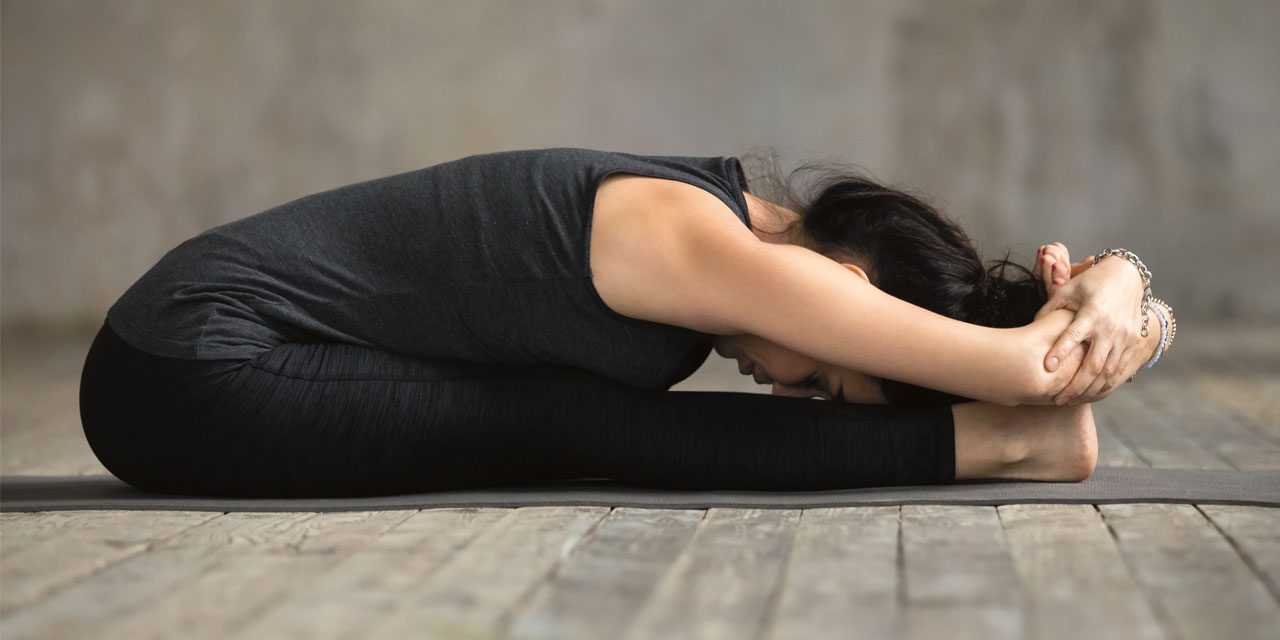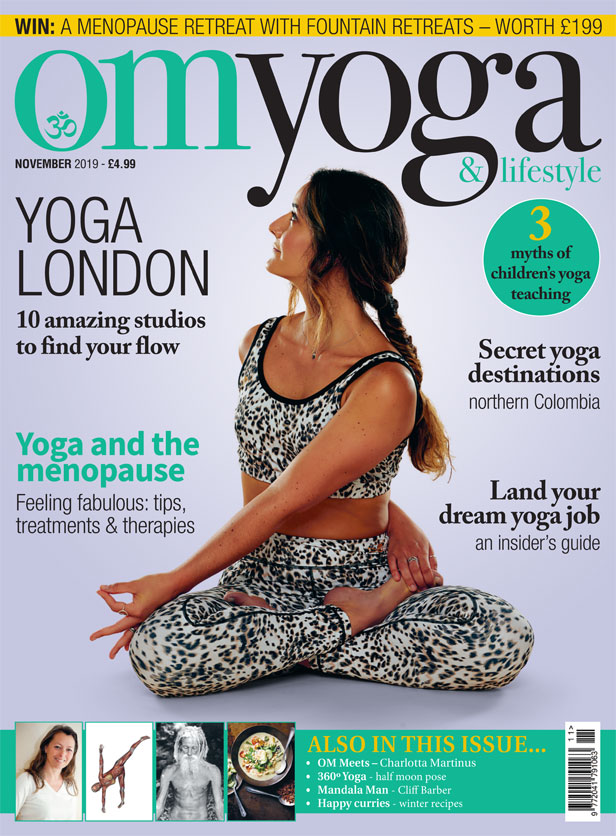
Yin Yoga vs Menopause
Rose Shaw explains how Yin Yoga may help ease menopause symptoms
When suffering the discomfort of menopause and perimenopausal symptoms, the very last thing we feel like doing is exercise. The idea of becoming more heated, sweating more and feeling even more out of control and disconnected from our bodies when we are already tired from disturbed sleep is not appealing, despite knowing the benefits especially of holistic modalities such as yoga.
However, there may be another way. Yin Yoga invites us to experience the immense power of doing nothing. Like regular yoga, Yin invites us to open a new conversation with our bodies and to treat them as an old friend rather than an enemy to be despised and punished.
Yin is a very passive and still form of yoga where we deliberately switch off the muscles to access the deeper tissues of the body, influence collagen production and nourish our joints. Although we appear still, on a cellular level Yin unleashes a tsunami of positive responses.
We know that there are many types of exercise and indeed many ways to train fascia (our deep connective tissues) but Yin Yoga offers us the opportunity to slow down, to remember that life isn’t an emergency, to be present and to take stock. As a result, Yin Yoga is often referred to as a ‘back door’ to mindfulness and meditation.
In a nutshell, we dry out as we age. Synovial fluid and cartilage changes allow more wear on bones, tissues dry up and as a result we become brittle, not unlike a sponge. We want to stress the fibroblasts that live in the joint capsules to secrete collagen fibres and proteins to hydrate our tissues through Yin Yoga’s gentle, static holds.
So we know that it has potential health benefits, keeping the body soft, still and supported – rather than exploiting range. Every cell, bone, organ, joint, ligament and tendon is made of, and surrounded by, connective tissue. This fascia system is the largest sensory organ in the body and our great communication network.
Regular Yin Yoga, for some, can ease aches and pains, increase flexibility, calm temperature and soothe our cardiac and nervous systems by safely stressing the tissues without any effort or force during the time in the pose. Think of Yin as braces on the teeth: gentle pressure over time for valuable results.
We hold each pose for around three minutes each, keeping the body soft and still. The breath is coaxed in and out through the nose, encouraging the belly to fill up as we breathe in, returning to the way we were born breathing.
Rose Shaw is a Yin Yoga teacher trainer in Lancashire (Yogabyrose.co.uk)


